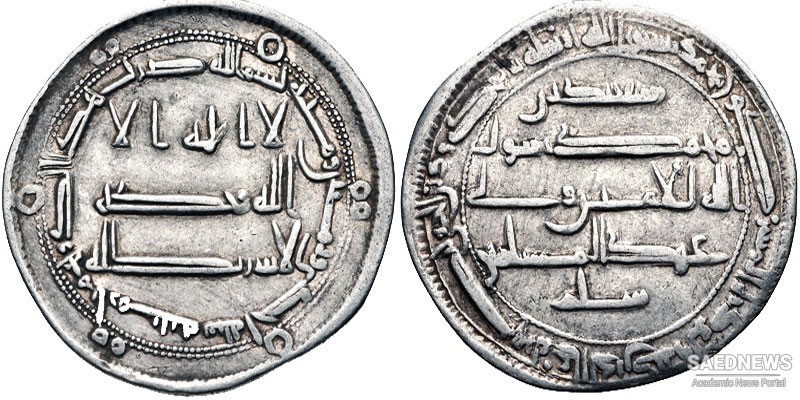Muslims under Caliph Umar I were led by the political power based in Medina. Early Islamic administration largely left the local rulers and governors in their place, only asking for allegiance and a minimal tribute. As a result, the local coinage largely continued based on the previous administrative practices, particularly as long as Yazdgerd III himself was alive. Even after his death, we have evidence of the issuance of YazdgerdIII coins in Sistan, in the eastern most parts of Iran, probably by his son and pretender to the throne, Prince Peroz. The situation continued the same way, even under the rule of Caliphs Uthman, and Ali, the latter of whom even moving his capital to Kufa, near Hira, in the former Sasanian territories, in 656. Arab governors would basically copy the style of the Sasanian coins, including the portrait of the king (often Khosrow II Aparviz) modifying them either by including the Arabic formula Bismillah (“in the name of God”) on the margins, or by writing their names (in either Arabic or Pahlavi scripts) in place of the name of the king. These series, often called Arab-Sasanian coinage, continued well into the late seventh century and is known from many localities, including Fars, Khorasan, Khuzistan, and even Mesopotamia (Source: Iranologie).

















































